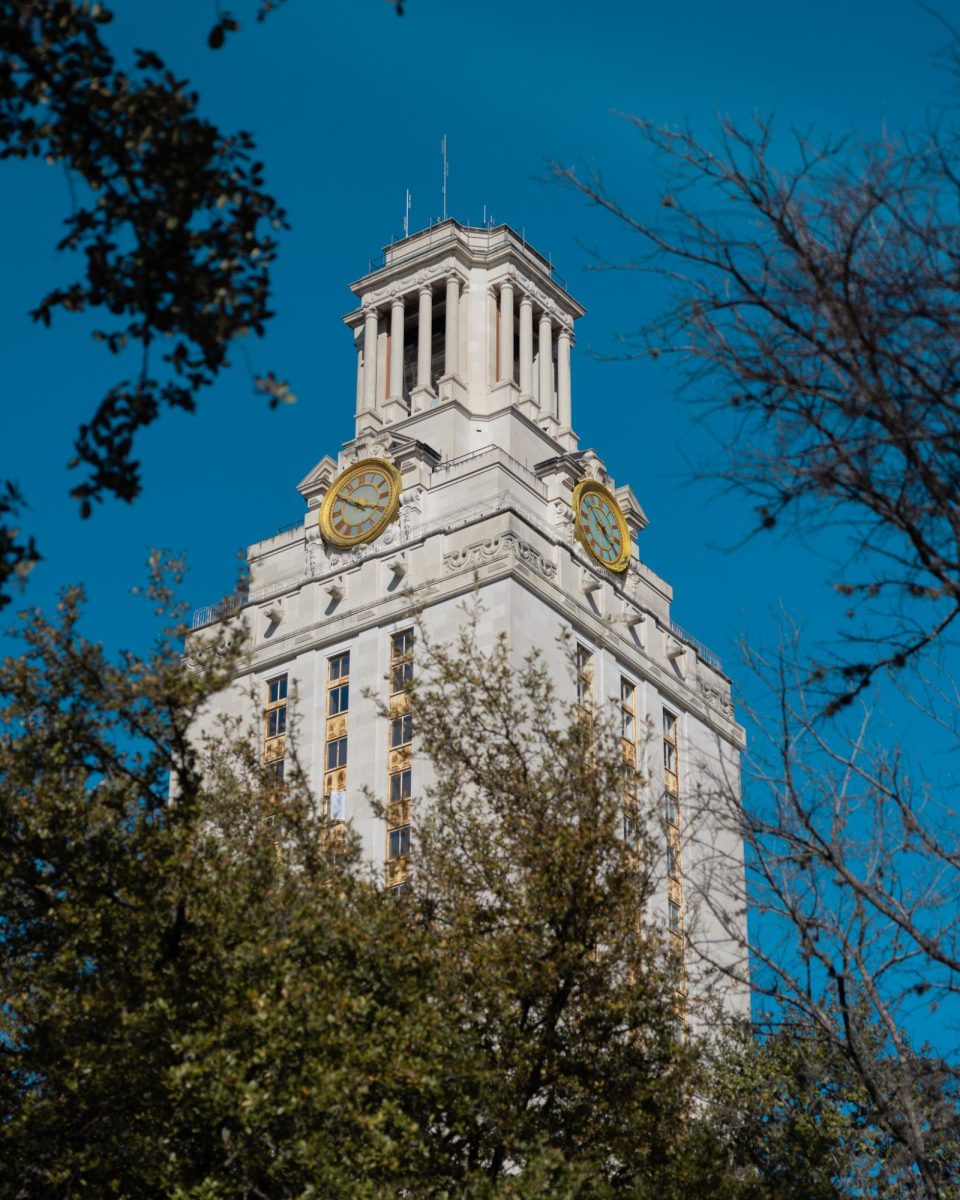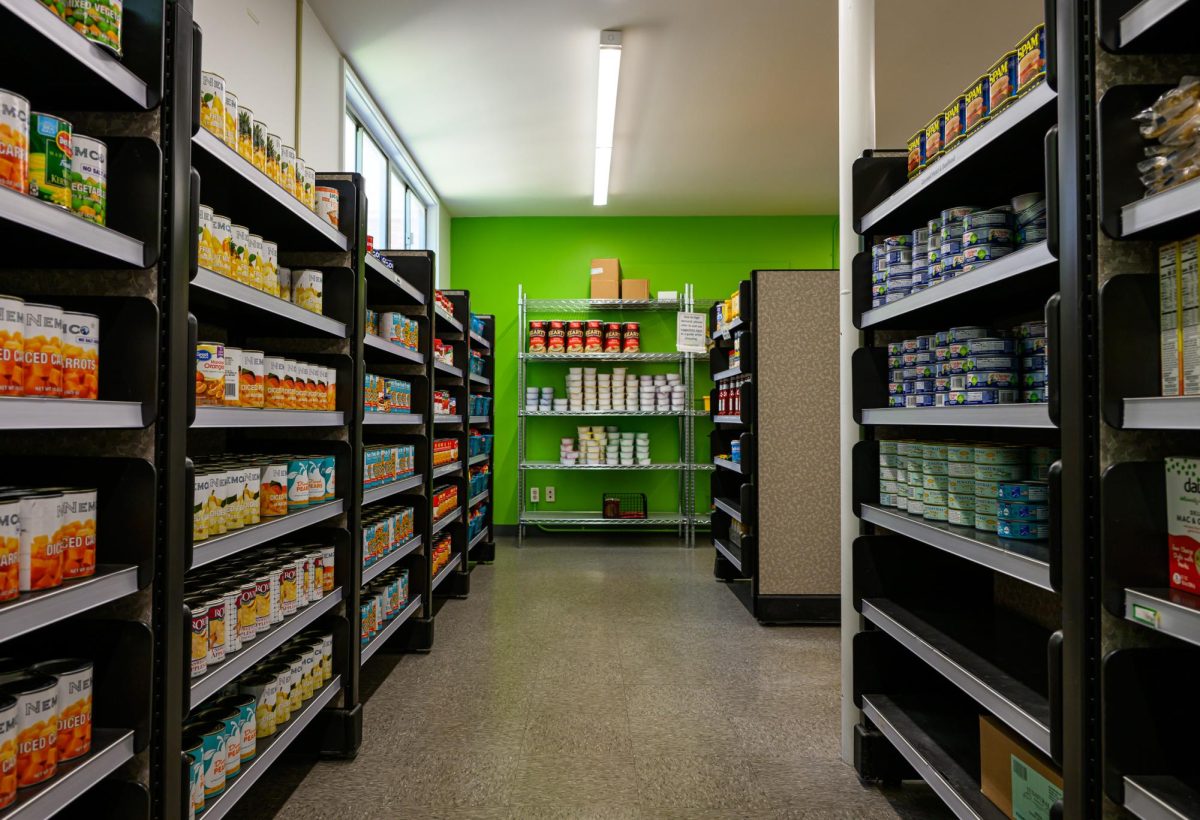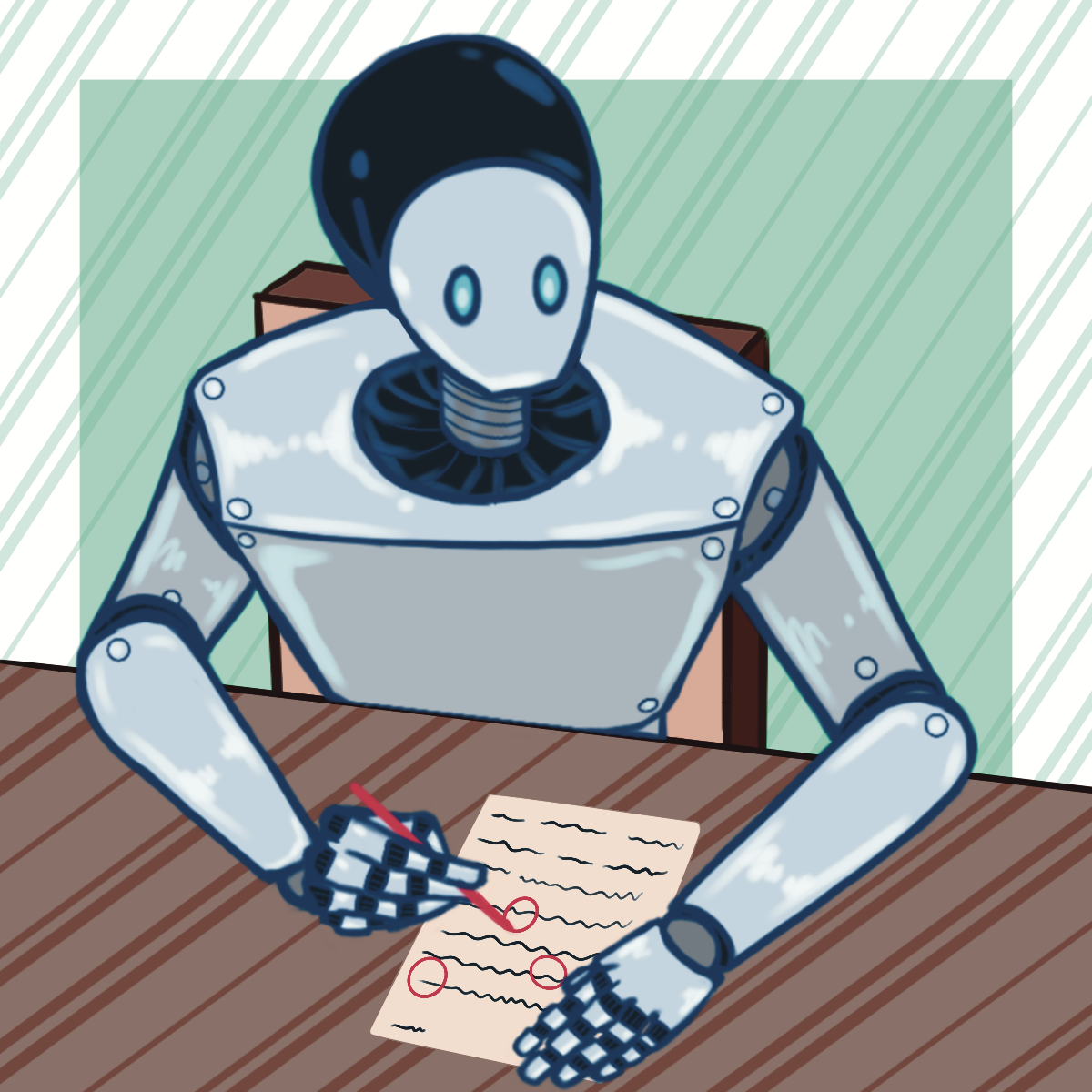Ten years ago, UT professors pioneered a way to virtually reconstruct and then examine the internal structures of once living specimens without damaging the object of interest.
Using high-resolution X-ray computed tomography — akin to a high-powered medical CAT scanner — paleontologists, geologists, biologists and other scientists can use a process called digital morphology to scan almost anything they want. A computer can then interpret the scan to construct a 2D or 3D virtual model.
Timothy Rowe, geology professor and director of the Digital Morphology Group, said the technique allows for unprecedented access to an organism’s structure.
“This has allowed us to examine some of the oldest and rarest species available to us without having to damage the specimen, which a museum curator wouldn’t let us do anyway,” Rowe said.
According to the UT Digital Morphology library website, the X-ray CT scanner is located in the center of the University’s High-Resolution X-ray Computed Tomography Facility, and has amassed “nearly a terabyte of imagery of natural history specimens that are important to education and central to ongoing cutting-edge research efforts. The scanner has analyzed specimens ranging from fossils and modern organisms, to meteorites and rocks.”
The National Science Foundation’s Digital Libraries Initiative funded the Digital Morphology library website, which Rowe said helps to organize, review and share data in an efficient way.
“With all the data accessible in one place, people from all over the world can cross-check the website’s data with their work to reduce errors, publish papers to spread knowledge and search for references,” Rowe said.
Seven hundred and sixty specimens collected from 150 collaborating researchers have been scanned, organized and published on to the website, some of which are freely available as files ready to be printed on a 3D printer.
According to the website, UT alumna Amy Balanoff, a paleontology graduate student, was able to reconstruct the embyro of an extinct elephant bird in its unhatched egg, giving the first-ever glimpse inside.
“Using CT scan data, Amy digitally isolated each element of the skeleton, then rendered them as both life-sized and enlarged 3D physical models,” Balanoff said to researchers. “This technique allowed her to study the skeleton without having to crack the egg.”
The egg’s data is on the website and has more than 80,000 unique views.
“3D models have allowed me to make a number of discoveries using all of my senses,” Rowe said. “I can scan in something only viewable through a microscope, blow it up in size, print out the pieces and figure out how they move together using my hands. I’ve made discoveries while watching television and casually playing with the parts in my hands.”
Ed Theriot, biology professor and director of the Texas Natural Science Center, said the museum previously had the technology on display for visitors.
“The museum had a temporary interactive exhibit on Digital Morphology in the Texas Natural Science Center, but unfortunately the technology was too expensive to maintain and exploit to keep it in the museum for long,” Theriot said.
However, the 3D print models of specimens from the Digital Morphology library are present for viewing in paleontology labs on campus and in the Texas Natural Science Center.

















